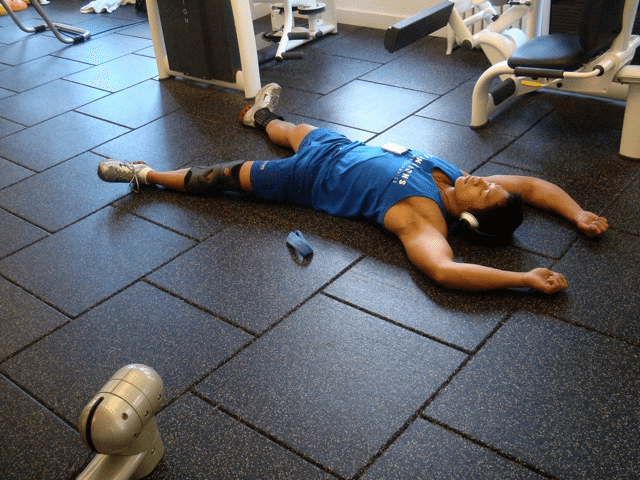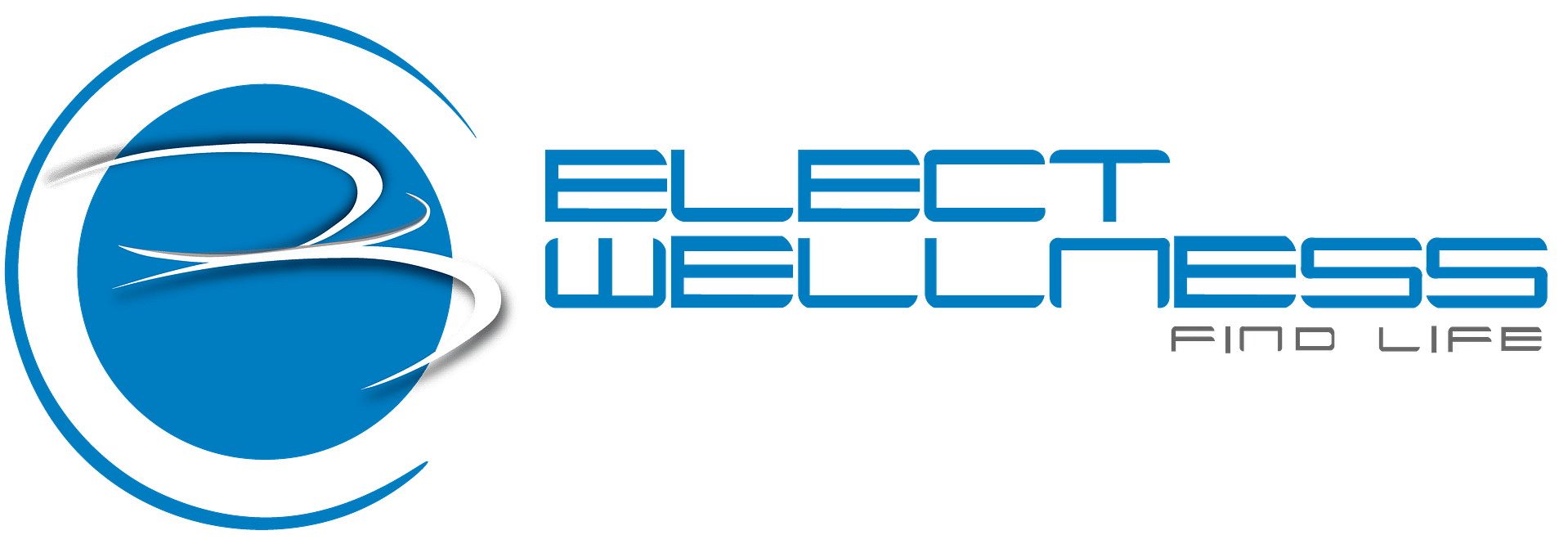No doubt you’ve experienced severe heartburn while trying to down a meal in 5 minutes in your car. This is just one evidence of how stress disturbs proper digestion. But just because you don’t take it to the point of experiencing heartburn, doesn’t mean you are providing the optimal setting to get the most from your meal. When you don’t get what the body needed from a meal, you brain says, “try again.” Now you are fighting your instincts, and it’s hard to win.
Step 1
Drink your water next. You can live for only 4 days without water, so water is the next priority. Hydrolysis is one of the first steps of digestion, breaking larger food particles down to smaller ones. Water also dilutes blood sugar concentration, helping to control the insulin response that signals “storage” to the body. In addition, water helps alkalize our blood, from the outside-in, taking some of the burden off the body’s buffering systems, saving you both bone density (“saving” bicarbonate) & minerals. Leaving those minerals to be used in the function of your nervous and muscular systems can help your metabolism. Furthermore, research has demonstrated significant reduction in muscle contractile strength under dehydrated conditions. This means that workout intensity and the resulting calorie burn/muscle development and ultimately your resting metabolic rate will suffer without water. Long story short: drink your water. (& don’t poison it with artificial dyes & colors)
Step 2
You can live without fruits & vegetables, but you can’t live without disease in their absence. Almost every major disease could be avoided if we actually ate 5-9 servings of fruits and vegetables EVERY day. They reduce your risk of cancer, heart disease, arthritis, vision problems, diabetes, indigestion, diverticulitis, osteoporosis, high blood pressure, high cholesterol, and list goes on … and on. Fruits & vegetables are packed with not only vitamins and minerals, but also enzymes, fiber, water, and a growing class of compounds that have come to be known as phytonutrients. This includes substances like lutein, lycopene, resveratrol, flavonoids, polyphenols, isoflavones, and more. You can survive without these, but you won’t enjoy your survival. Why not truly “find life” instead, and eat these vital (and original) components our diets?
Step 3
Eat your protein source next. Protein is made up amino acids, rightly labeled “the building blocks of life.” Protein, as you probably know, composes 20% of your muscle (70% water, by the way). And your muscle plays an important role in your resting metabolic rate. Even if you workout 4 hours a week, if you have a sedentary job, that’s a measley 2% of your week’s time. Translation? The majority of your calorie burning is up to your resting metabolic rate and the thermic effect of food – both of which are improved with protein. As you remember, protein burns 2x what carbs burn in digestion, and 3x what fat burns in digestion. Did you know that protein is also a vital component of bone, skin, hair, hormones, enzymes, & antibodies? And this is by no means an exhaustive list. Furthermore, certain amino acids help darken your tan (finally got some’s attention), improve brain chemistry, release antioxidants, and increase growth hormone. They also play an important role in regulating brain chemistry and dopamine levels. They may also help you focus and better interpret information and situations – important when trying to change habits. For example, while researching a group of autistic children, a recent study found a mutation in the gene that normally prevents the breakdown of branch-chain amino acids like leucine, isoleucine, and valine. Protein is powerful, and necessary for both fastest fat loss, and maintaining our focus on that goal. Eat it third.
Step 4
Save the starchy carbs for last. This your bread, rice, cereal, crackers, pasta, potatoes, & oatmeal. It also includes, though hopefully not too often … any chips, cake, candy, and other crap. [I needed another c-word there] This is obviously the easiest food category to over-eat, and therefore should be saved until you are already somewhat full. Carbohydrates have the lowest satiety factor of the three macronutrients: fat, protein, & carbs. Meaning, you need a lot to feel full. I would say they “go right through you,” but this is hardly the case. Rather, they “stick right to you.” Yes, this is the gas in the tank of the car we don’t drive enough, so to speak. You only need as much carbohydrate … as much as you move your body. The brain needs less than 500 calories worth a day of glucose (the blood product of carb assimilation) to function. Although our information/communication-based jobs feel like we are working our bodies hard, we just aren’t. Of course your muscles can use a lot of glucose. But therein lies the catch- you gotta use them! So, unless you are trying to increase athletic performance or maintain bodyweight during periods of heavy exercise, save the starches for last.







































